Winter-spring rice yield decreased
Harvesting rice in Dien Thanh field (Dien Khanh district), Ms. Ly Lan said that this winter-spring crop, her family sowed TH6 rice varieties according to orders from the rice seed company. With nearly 1 hectare, she estimated to harvest about 5 tons of rice, a slight decrease compared to the previous crop. According to many farmers harvesting rice here, this year's main rice crop has lower yields than recent years, mainly due to unfavorable weather.
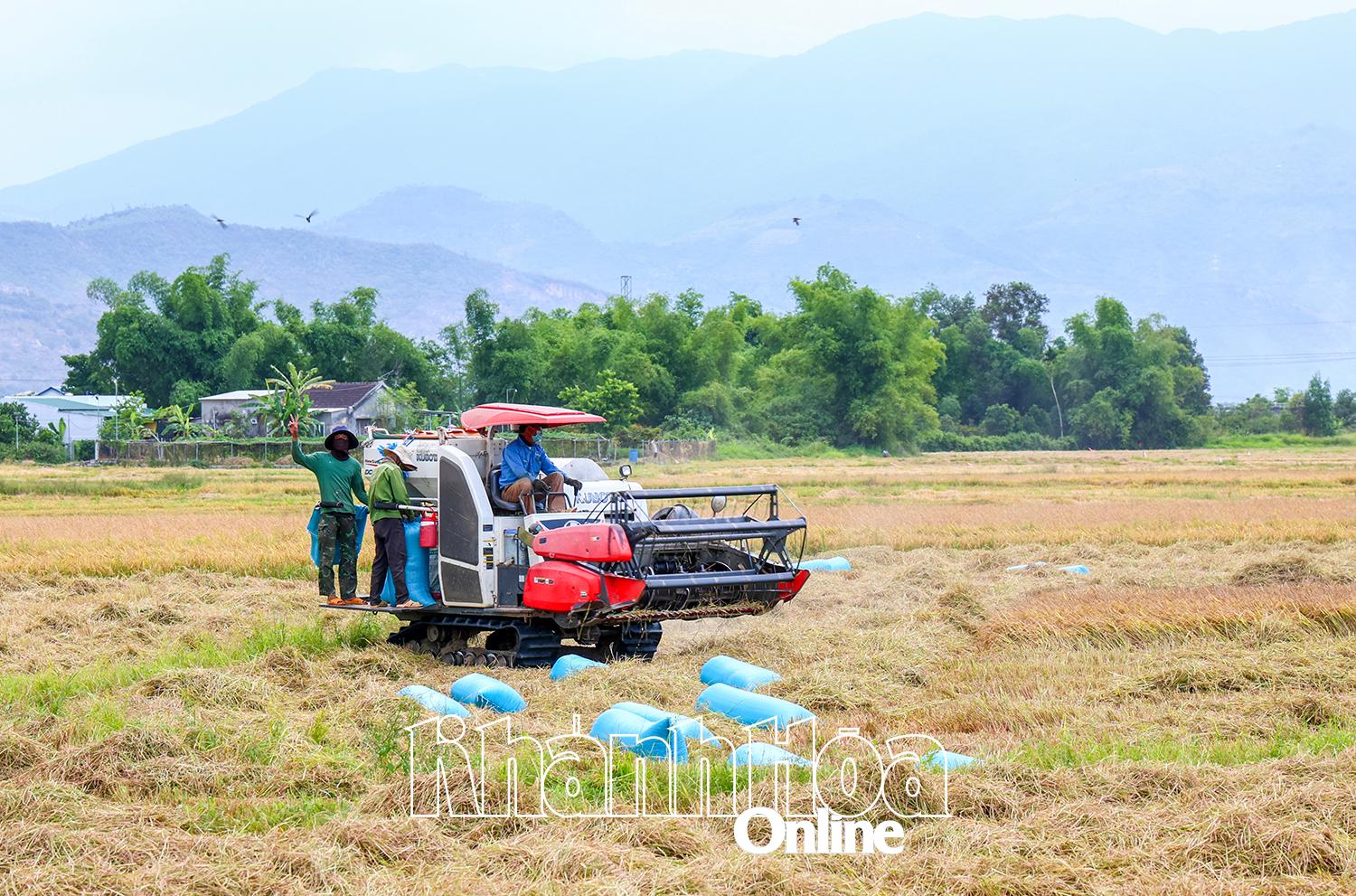 |
| Farmers in Dien Khanh district harvest summer-autumn rice. |
Similarly, Mr. Le Le of Van Binh Agricultural Cooperative (Van Ninh district) said that up to now, the cooperative's 582 hectares of winter-spring rice have been harvested, with an average yield of about 5 tons/ha, lower than last year. During the growth process, the rice encountered many strong winds, lacked sunlight when flowering, and pests developed strongly, greatly affecting the yield.
In Ninh Hoa town, Ms. Tran Thi Mai shared that each sao of rice this crop only yielded 7-8 bags, while last year it was over 10 bags. Not only did the yield decrease, the price of winter-spring rice was also lower, commonly 7,500 VND/kg; seed rice was about 5 prices higher than bulk rice.
According to the provincial Department of Cultivation and Plant Protection, this year's winter-spring rice crop, the whole province planted 19,252 hectares, and has so far harvested nearly 15,000 hectares, with an estimated yield of 64.58 tons/ha, down about 3 tons/ha compared to the winter-spring rice crop last year. The main reason is the cloudy weather, rainy and cold mornings, creating favorable conditions for pests and diseases to develop, especially neck blast disease.
Sow on schedule, use short-term seeds
As usual, localities in the north of the province such as Van Ninh and Ninh Hoa often sow rice earlier than the rest. Mr. Le Le said: "Except for some areas at the foot of high fields, we have to consider the situation according to the recommendations of the district and commune, in the summer-autumn rice crop, Van Binh Agricultural Cooperative has sown 565 hectares. So far, the rice has grown well."
According to Mr. Nguyen Thien Hung - Head of the provincial Department of Cultivation and Plant Protection, at the end of April, the Department of Agriculture and Environment issued an official dispatch guiding the production of the summer-autumn crop. Accordingly, it is forecasted that from May to September, the province will likely experience heat and drought in the western and southern mountainous areas, then spread to the coastal plains. From September onwards, the heat will tend to decrease. Although the water level of reservoirs is currently at about 76% of the design capacity, basically meeting the demand, in the upcoming low rain conditions, saving water is a mandatory requirement.
This year, the whole province will sow about 17,780 hectares of summer-autumn rice. Professional agencies recommend that farmers use short-term varieties with good yield, quality and drought resistance; only produce in areas with proactive water supply, strictly follow the crop calendar. Units operating irrigation works must review appropriate water supply plans; recommend that farmers dig ponds to store water, dredge canals to serve production. For fields that have been harvested, quickly clean the fields, prepare the soil to sow the summer-autumn crop according to the crop calendar to avoid unfavorable weather factors and pests.
Specifically, using key varieties such as: ML48, ML202, ML214, OM4900; additional varieties including: TH41, TH6, OM7347, OM6976, Dai Thom 8 - all have a growing period of less than 100 days. In a field, the variety structure must be reasonable, each variety does not exceed 30% of the area. Sowing and planting should be concentrated to avoid peak pest and disease periods, easy to regulate water, and convenient for mechanical harvesting. For highland fields where irrigation water is not available, localities need to zone production areas, change crops or appropriate seasons to limit damage caused by drought.
HONG DANG
Source: https://baokhanhhoa.vn/kinh-te/202505/thoi-tiet-anh-huong-den-nang-suat-lua-6ca3947/




![[Photo] Sparkling lanterns to celebrate Vesak 2025](https://vphoto.vietnam.vn/thumb/1200x675/vietnam/resource/IMAGE/2025/5/7/a6c8ff3bef964a2f90c6fab80ae197c3)


![[Photo] General Secretary attends the parade to celebrate the 80th anniversary of the victory over fascism in Kazakhstan](https://vphoto.vietnam.vn/thumb/1200x675/vietnam/resource/IMAGE/2025/5/7/dff91c3c47f74a2da459e316831988ad)












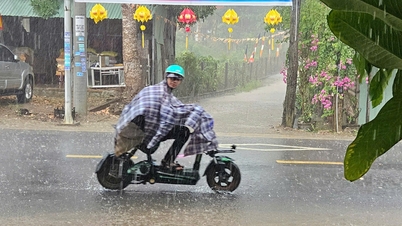




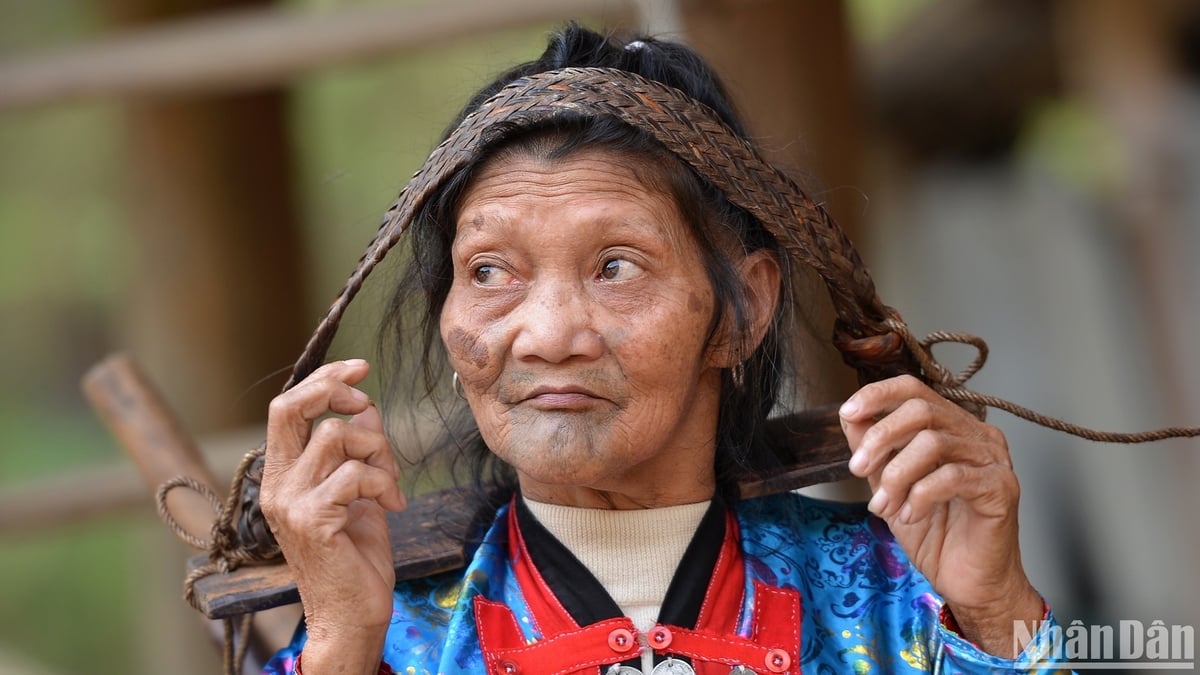












































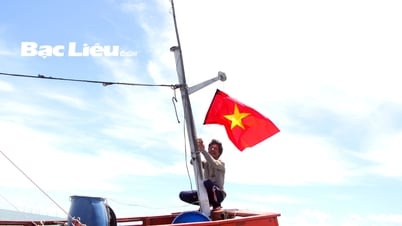

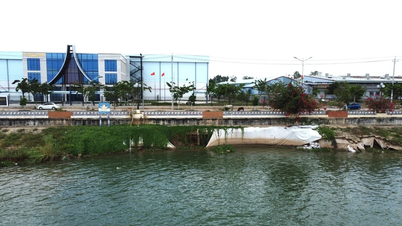


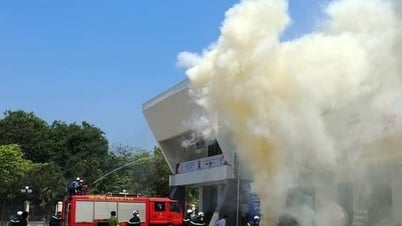


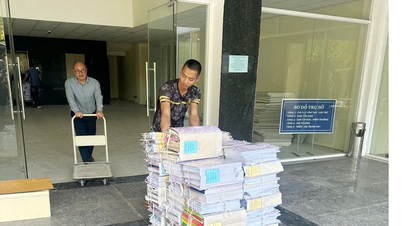




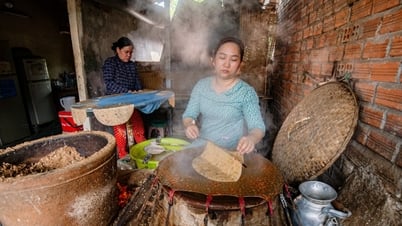




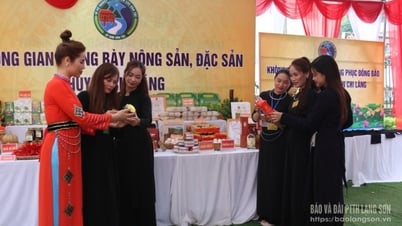
Comment (0)